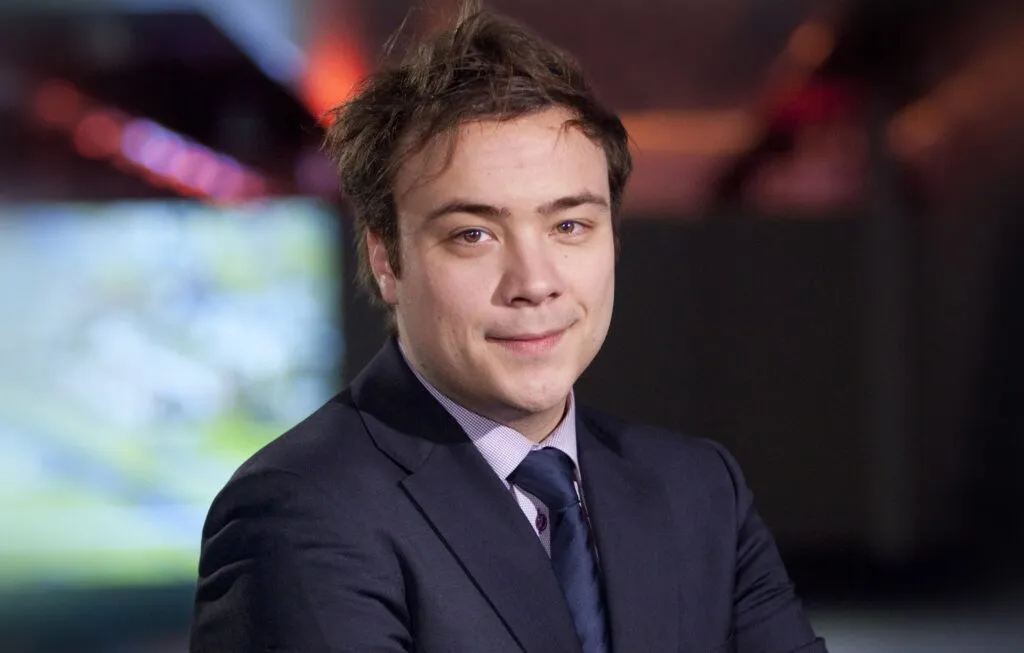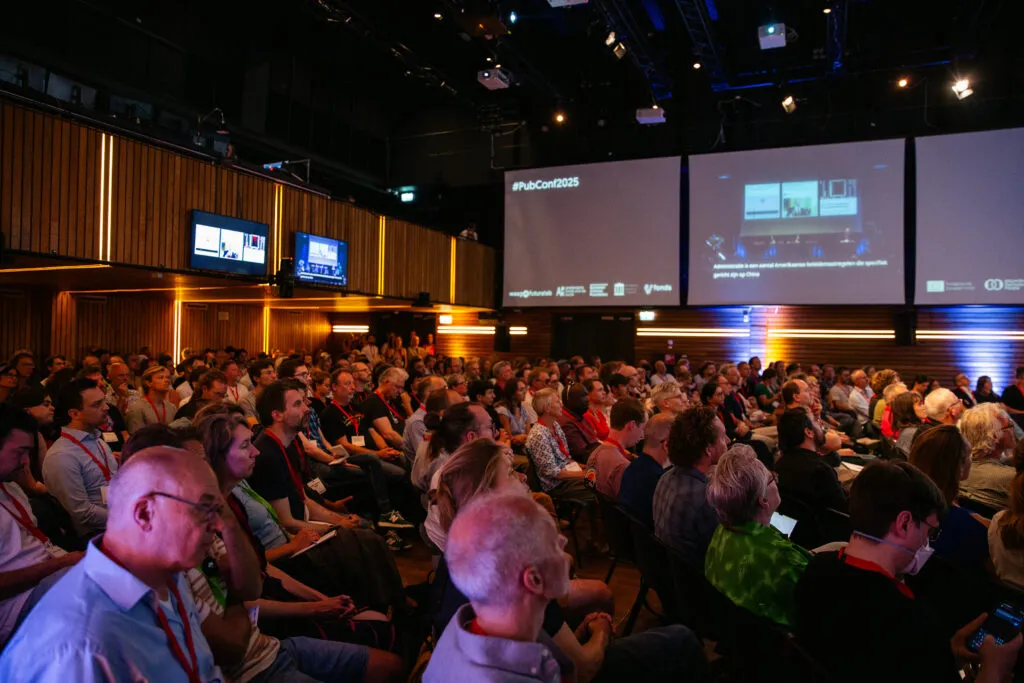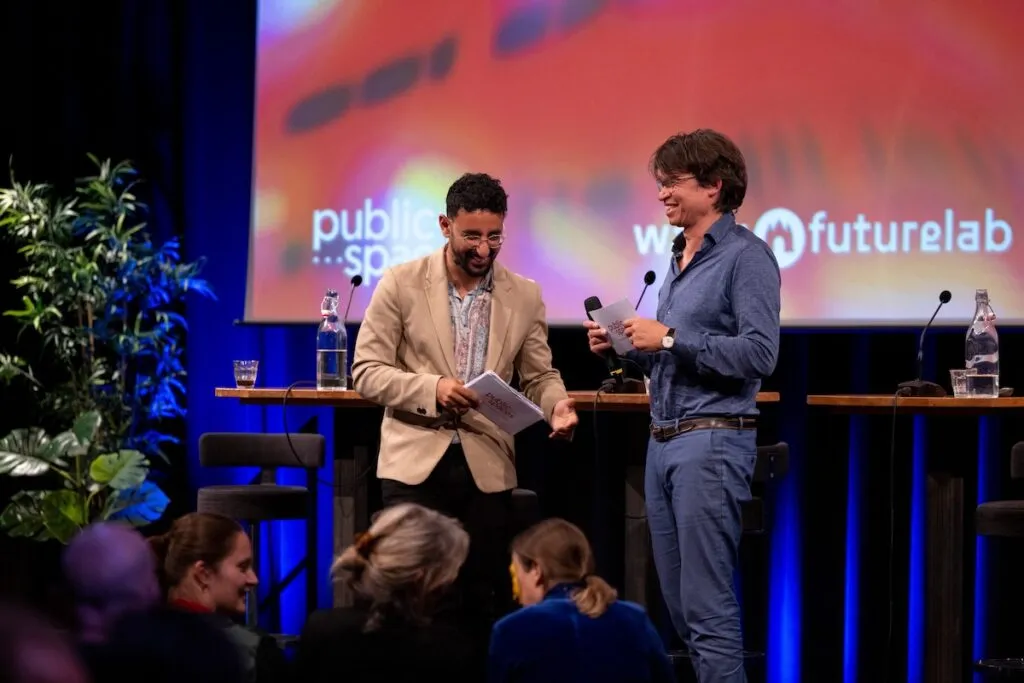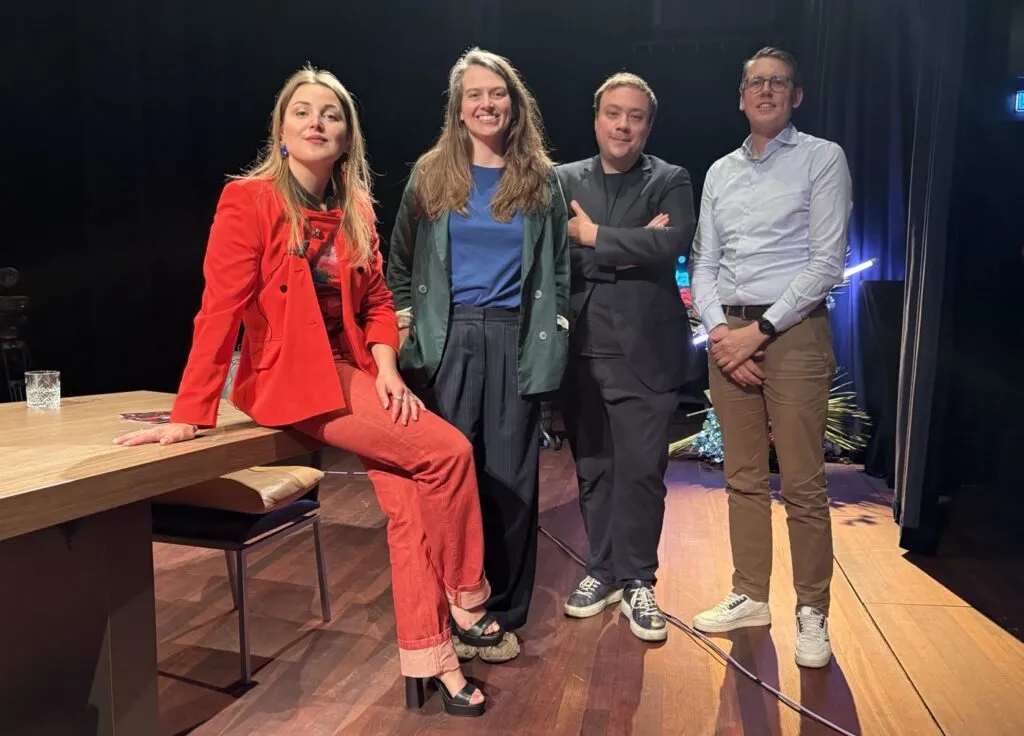Over the last month or so, we’ve been discussing about our organizational structure. How we organize should obviously be a reflection of our values, but it also goes to the heart of our identity. It makes quite a difference if we see ourselves as a movement, rather than as a fixed entity.
We came to the preliminary conclusion that, at the very least, PublicSpaces is a movement. We should harness people’s discomfort with existing online structures and mobilize and empower as many people as possible. We should give them the tools that help them make changes in their dependencies on Silicon Valley originated applications. We are inspired by Hildy Gottlieb’s work on movements vs. organizations.
But we also realize that being a movement is not enough. We need a lot of power and stamina to bring about the changes that we want. We need organizational capacity, funding, people, knowledge, networks, and some kind of roadmap or planning. And above all, we need to have some kind of structure in place that will guard our basic values from external influences. So we decided to put in place an organization as well; if all goes well, an organization that can be abolished in time because its services will no longer be needed. But for the foreseeable future, a lot of work needs to be done in the face of tremendous obstacles, so some kind of professionalization is called for.
What kind of organization should that be?
We borrow a phrase from a programmer’s handbook: it should be closed to modification, but open to extension. That means to us that our manifesto should be like a constitution: very hard to change. But at the same time, we should also be very open for new people, ideas, and organizations to join our effort.
- to what extent is it able to uphold its basic values?
- to what extent does it carry legitimacy from its targeted audience?
- to what extent is it able to carry out effective and efficient operations?
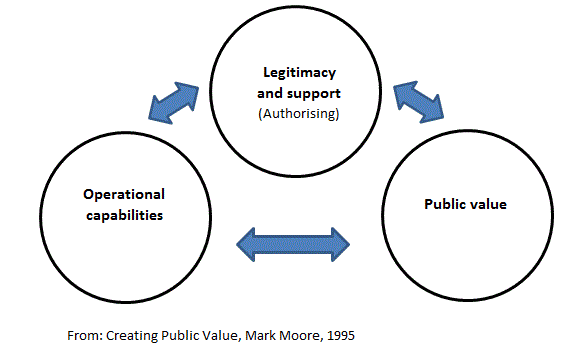
Based on these criteria, we have now decided upon a organizational model that will be set up in the following months. It should be operational by the end of the year. It can be summarized in this diagram:
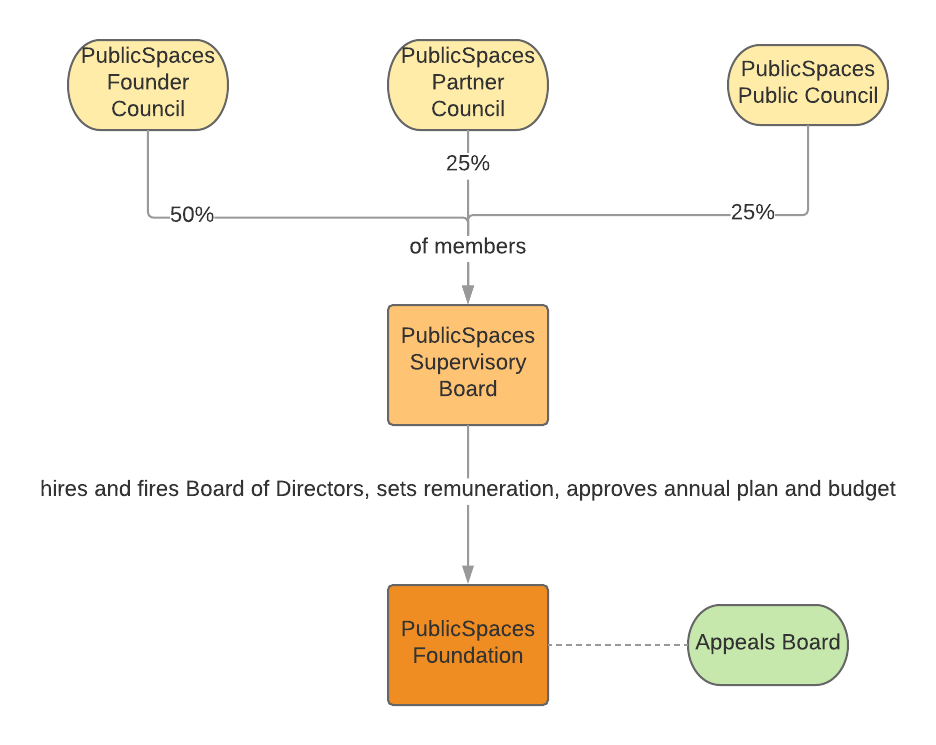
Operations will be carried out by the foundation under the leadership of a board of directors — this is the ‘operational capabilities’ corner of Moore’s triangle. The directors will be appointed by a Supervisory Board, that also sets remuneration, approves the annual plan and budget. This Supervisory Board is in turn a representation of both the ‘values corner’ (the Founder Council) and the ‘legitimacy corner’ (the Partner and Public Councils).
The Founder Council is the prime protector of the manifesto. Its values are set in stone and will be very hard to change. But policies based on the manifesto can and probably will change in time. There should be a constant dialogue between founders, partners and the public about these policies. This conversation can take place anywhere, but will be focused in the three Councils mentioned above and within the Supervisory Board.
We can foresee that within this governance structure, sometimes decisions will have to be made that have a large impact on people, organizations, networks or society. We should therefore construct some type of procedure that allows affected parties to appeal these decisions. Most importantly, such an appeal will have to be directed to an autonomous and disinterested party, that has no direct connection to any of the other governance bodies of PublicSpaces. Decisions of such an Appeals Board should be binding for all parties.
Our next step: how to make this structure work internationally. Ideally, we would think that every country should have its own PublicSpaces organization and movement. Products and services could be developed based on local needs and criteria, but always rooted in the same value system. And we could then coordinate efforts, learn from best practices, and build a truly international public domain. This is what we are working on now. We have to look to other organizations that have the same type of goals: Wikimedia, Apache, W3C — there are many other examples that we could learn from.
But it starts with a mobilization. That’s what we plan to do in the near future.
